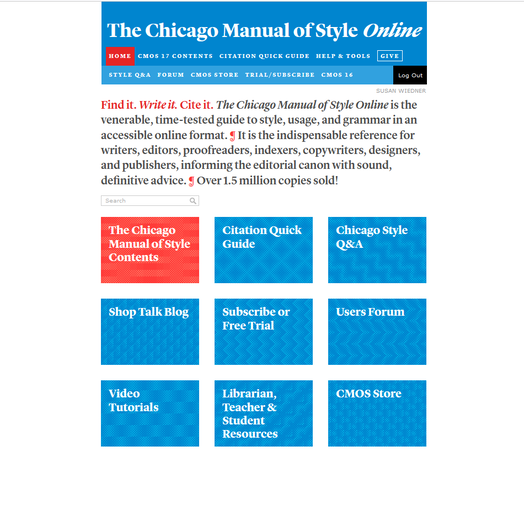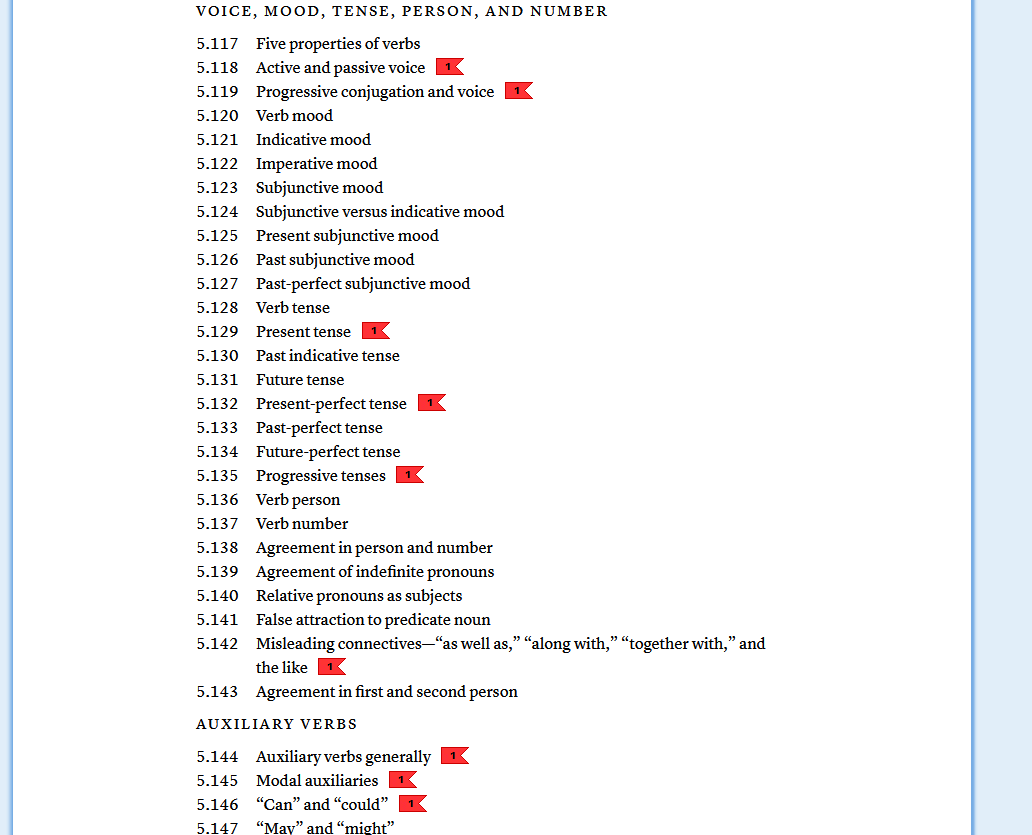Why does my elbow still hurt?
I developed a repetitive strain injury in my elbow this past year. At first, I thought it was an injury from lifting; I decided to rest my arm and let it be. However, the pain got worse. I couldn’t grip things with my left hand; I couldn’t sleep without propping my arm on a pillow; I couldn’t put a jacket on without wincing. After 4 months of this pain, I finally decided to see my doctor. It took her less than 5 minutes to diagnosis the problem as tennis elbow, a type of repetitive strain injury. Since I don’t play tennis, I may never know what repetitive movement caused this injury (dishwashing, maybe?), but now I know how to recognize the signs and to reduce my risk.
Keep reading to find out more about repetitive strain injuries and how to reduce your risk of developing one from computer use. What is Repetitive Strain Injury
Tennis elbow is a common name for a repetitive strain injury (RSI) known as lateral epicondylitis. This is caused by overuse of the muscles and tendons located where bone and tendons join in the elbow. You may have heard of other RSIs, including golfer’s shoulder, carpal tunnel syndrome (median nerve compression), and stylus finger. These are all repetitive strain injuries that affect different parts of the upper extremities. As Johansson describes in his informative book What You Can Do About Carpal Tunnel Syndrome and Other Repetitive Strain Injuries (Contemporary Diseases and Disorders), RSIs are also known as
The Cleveland Clinic gives a good overview of what RSIs are and how they develop. Briefly, they all stem from microinjuries in joints and ligaments that occur repeatedly during daily activities. The body doesn’t have time to heal these micro wounds because the injury keeps occurring (think typing). We are all at risk of RSIs because of the repetitive movements of jobs, sports, and other hobbies, including music! The association between repetitive movements and work has been extensively studied and reviewed. RSIs are very costly to employers in the form of lost work hours and costly to employees due to pain, prolonged injury, and lost income. As described in a report from the Centers for Disease Control and Prevention, the best way to combat the problem of work-related RSIs is to implement work practices and environments that reduce the risk of developing these injuries. These practices include
RSIs at the desk
Extended computer use is a well-known risk factor for developing an RSI. A recent literature review states that more than 50% of computer users experience some form of MSD, with the most common areas affected being the back, neck and shoulder. Unfortunately, if you’re a writer, editor, or administrator (and many others), your job probably involves extended computer use and sitting for long periods. So what can we do?
How to reduce the risk of RSIs in editing and writing
In a 2005 in-depth review on MSDs and computer work, Wahlström cites studies on the association between computer work-related injuries and muscular load, postures and movements, and force. To reduce work-related—including computer work—risk of RSIs, the field of ergonomics emerged. Ergonomics entails modifying a work environment to reduce the repetitive motions or postures that increase the risk of RSIs. As I stated above, this is a type of engineering control: modifications of the types and setup of chairs, desks, keyboards, and monitors can help reduce the risk. Dygma gives a great summary of how to ergonomically set up your work station in their How to Prevent RSI with an Ergonomic Setup article.
Here is another good article with 10 suggestions for preventing RSIs. Aside from an ergonomically setup workstation (discussed above), you should take breaks from your desk (at least every hour), use good posture and support your back and arms, and reduce the amount of keyboard use. Tools to reduce mouse and keyboard use
So how does an editor or writer reduce keyboard and mouse use. In my experience, my job is typing and mouse work! Each keystroke requires pressure from a finger. And if you add up all the keystrokes over 8 hours of computer work, that’s a lot of pressure. For an interesting and high-level discussion on the pressure of typing, check out this post on keyboard switch forces.
To reduce the number of keystrokes and mouse movements throughout the day, you can try the following:
Macros
Macros are little computer programs that automate repetitive tasks. Paul Beverley has an outstanding list of macros that are free to download and use. He also has YouTube videos about how to use macros in writing and editing.
Do you need to make a list of all the hyperlinks in a document? There’s a macro. Do you need to find the next highlighted item? There’s a macro. Do you need to remove all highlights and/or text colors? Yes! There’s a macro. Check out my previous post on Macros to find out how I use these wrist-saving tools! Shortcut keys
Another way to reduce the number of keystrokes (and mouse use) is to use shortcut keys. Google shortcut keys to find lists of the shortcuts that are already within your writing software. Here’s just a few of the ones I use regularly.
You can also set your own shortcut keys. And yes, you can assign shortcut keys to macros! (I highly recommend this for macros you use while editing: “InstantJumpUp”, “HighlightFindDown”, “GoogleFetch”, etc.) To customize shortcut keys, go to your ribbon and right click. Click on “Customize the ribbon…”. Click on “Keyboard shortcuts: Customize” from there you can assign any combination of keys to many different commands. Have fun! Text Expander
Text expanders are tools that allow you to automate repetitive typing. They use snippets, which are shortcut phrases that insert long phrases, sentences, and blocks of text. Check out this post for a comprehensive guide to text expanders.
When I’m editing, I often leave the comment “Please ensure that my change doesn’t alter your intended meaning.” That’s a 10-word sentence that I type in almost every comment bubble. If I used the snippet, pec, then the text expander would automatically insert the full sentence. This saves time and pressure on my fingers and wrists. Awareness is key!
RSI is a serious injury that we may all be at risk of developing. With a few changes in habits and useful tools, we can reduce our risk of this costly disease. Do you have tricks for reducing the risk of RSIs? I’d love to hear from you.
0 Comments
Whether you're a new writer struggling with sentence structure and grammar or an experienced writer who wants to ensure they get every point across clearly, a style guide is the answer.
But not every style guide is created equal. For most writers, there’s one that I recommend above all others--The Chicago Manual of Style (CMOS). Read on to learn how it was developed, why it will strengthen your writing, and the benefits of an online subscription over a hard copy edition of the text. What is CMOS?
According to its website, The Chicago Manual of Style is “the venerable, time-tested guide to style, usage, and grammar. . . . It is the indispensable reference for writers, editors, proofreaders, indexers, copywriters, designers, and publishers, informing the editorial canon with sound, definitive advice.”
The University of Chicago Press introduced the style guide in 1891 as "The University Press style book and style sheet." Initially, it was used as a style sheet, or common set of rules, to correct inconsistencies and find typographical mistakes across the university press. The 12th edition (1969), complied by Catherine Seybold (1925–2008) and Bruce Young (1917–2004), was a revision that solidified the position of CMOS as the industry leader on style matters. It is now in its 17th edition, with over 1,000 pages in the print edition and over 2000 hyperlinked and cross-referenced paragraphs. It is the authoritative style guide for fiction and non-fiction books and popular magazine articles. Why is CMOS important to a science writer?
If it’s the authoritative style guides for books and magazines, why does it matter to a science writer? Different scientific fields or publishers, such as the American Chemical Society, the American Institute of Physics, and the American Medical Association, have different style guidelines. Yet many of these field-specific style guides are based on CMOS (check out the subscriber testimonial from the American Meteorological Society), even if they disagree about comma placement or hyphenation rules. You’ll find that the fundamentals of grammar and writing, such as sentence structure and sentence parts, remain the same across them all. Notably, there is even a scientific companion to CMOS, Scientific Style and Format, that was developed by the Council of Science Editors to be an indispensable guide to science writers.
No matter your scientific discipline, you need to understand fundamental guidelines and conventions to share your message logically and persuasively. Within "Part II: Style and Usage," CMOS has extensive chapters explaining grammar fundamentals and the role of punctuation. This section is an invaluable resource when learning to write effectively in any scientific field. How do I use CMOS Online?
Because the hard copy of CMOS is over 1,000 pages (yikes!), I recommend getting an online subscription. Although some prefer to read the hard copy, which feels good in the hand, with an online subscription, you can
Keyword search the entire contents of CMOS
Submit a question to the Chicago Style Q&A
If you can’t find an answer to a style question, CMOS Online has a robust Q&A section. You can submit a question, browse questions, and get alerts. Members of the manuscript editing department answer questions regarding CMOS conventions not found in the style guide or a dictionary.
You can check out the answer to this question from the Latest Q&A page: Can you please add “wise” to the hyphenation table? I’m curious if you would use a hyphen in a sentence like “Accessibility-wise, my favorite city was Tokyo.” Access the online Users' Forum
Although, questions and answers are accessible by anyone, the user’s forum is specifically for subscribers. The forum is organized by category (i.e., copy-editing, business), then topic (punctuation, tables and illustrations), then threads and posts. Here you can reach out to others who may have the same problem you’re struggling with.
Access common-problem guides
Two important guides, the “Hyphenation” and the “Good usage versus common usage” guides, are readily available. These are invaluable to writers, even writers of scientific journal articles! Sometimes, you'll wonder, "Do I hyphenate this word with an -ly ending?" or "Should I be using the word ‘effect’ or ‘affect’?"
In these cases, you’ll be so glad to have access to the CMOS guides. After consulting one, you can confidently write: “We did affect the reaction by including 2 equiv. of the additive, as indicated by the color change, but we could not determine the effect of the additive on the reaction by NMR because the additive is paramagnetic.” Access blog posts and quizzes
If you’re a self-proclaimed grammar nerd like me or just curious about your grammar skills, you can access grammar quizzes. For example, the Chicago Style Workout 76 covers grammar standards from chapter 5. The workouts are quick, and you get the results and reference paragraphs immediately.
You’ll also find the blog CMOS Shop Talk, which reviews the if’s, when’s, why’s, and how’s of CMOS style conventions. Is CMOS Online worth the cost of subscription?
As a solopreneur with limited resources, I carefully consider every resource I purchase.
CMOS Online is one of the first resources I bought for my copy-editing business, and it’s been an incredible investment. It is my go-to resource for general usage and style conventions; I cannot edit without it. Have I convinced you that CMOS Online is worth the subscription price? Do you have more questions about CMOS? Tell me in the comments! |
AuthorSusan is a scientist turned writing service specialist. Her interests include the clear communication of scientific research and complex subjects. Archives
June 2024
Categories
All
|







 RSS Feed
RSS Feed